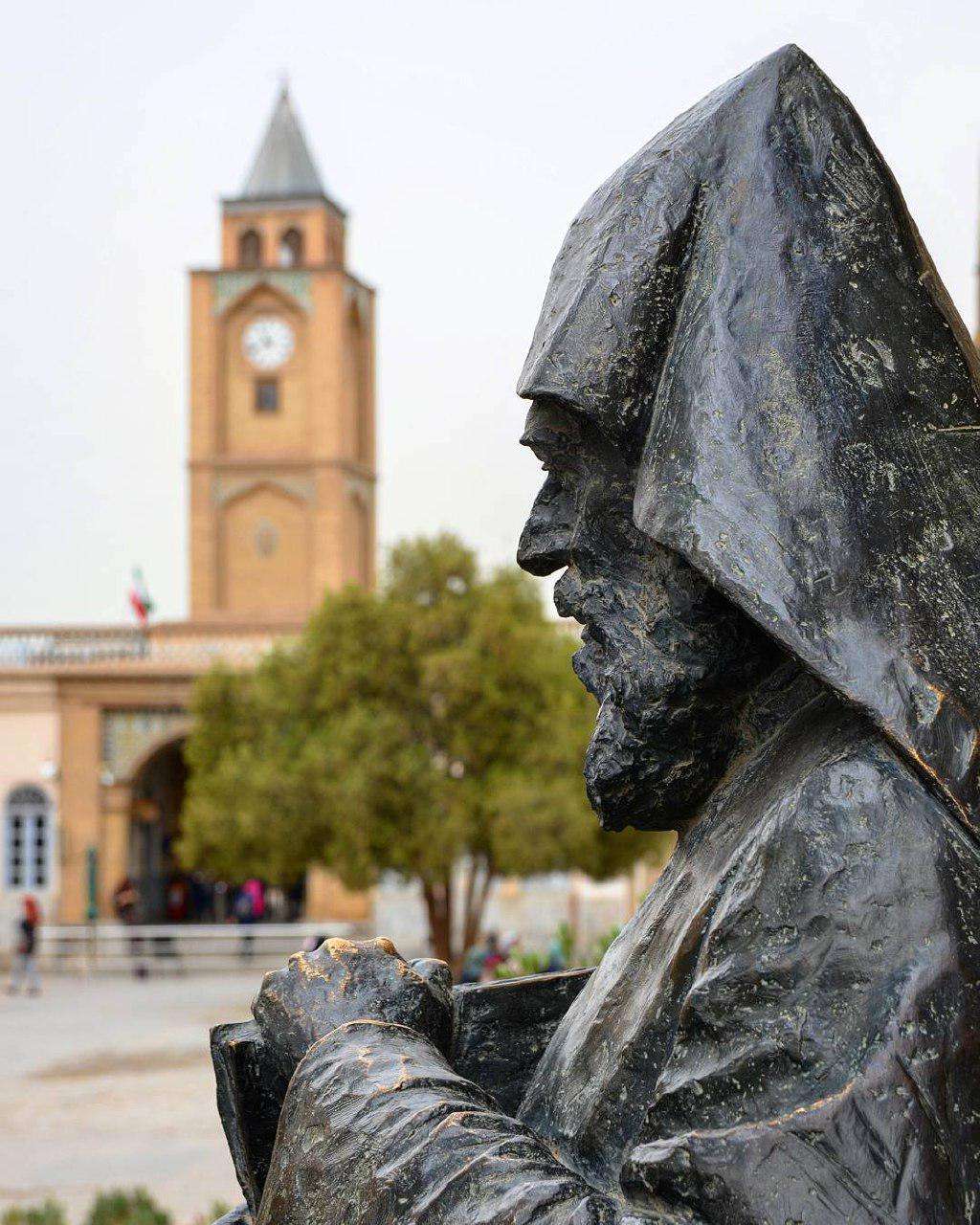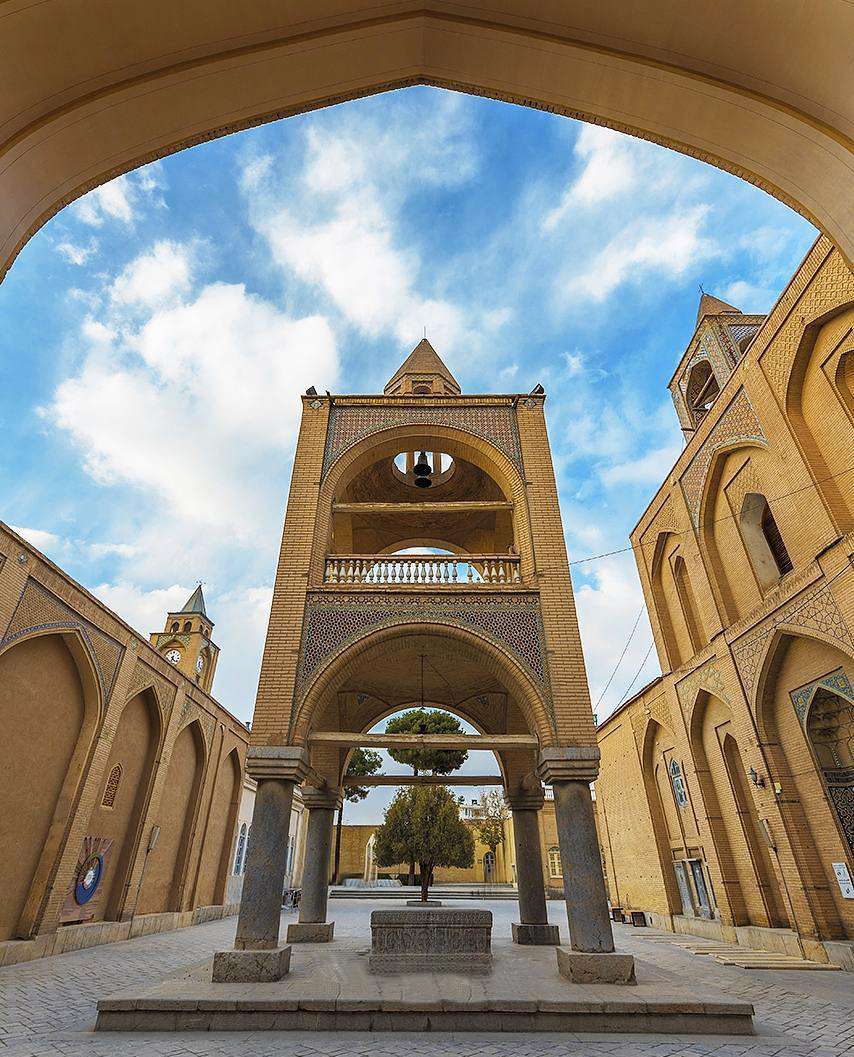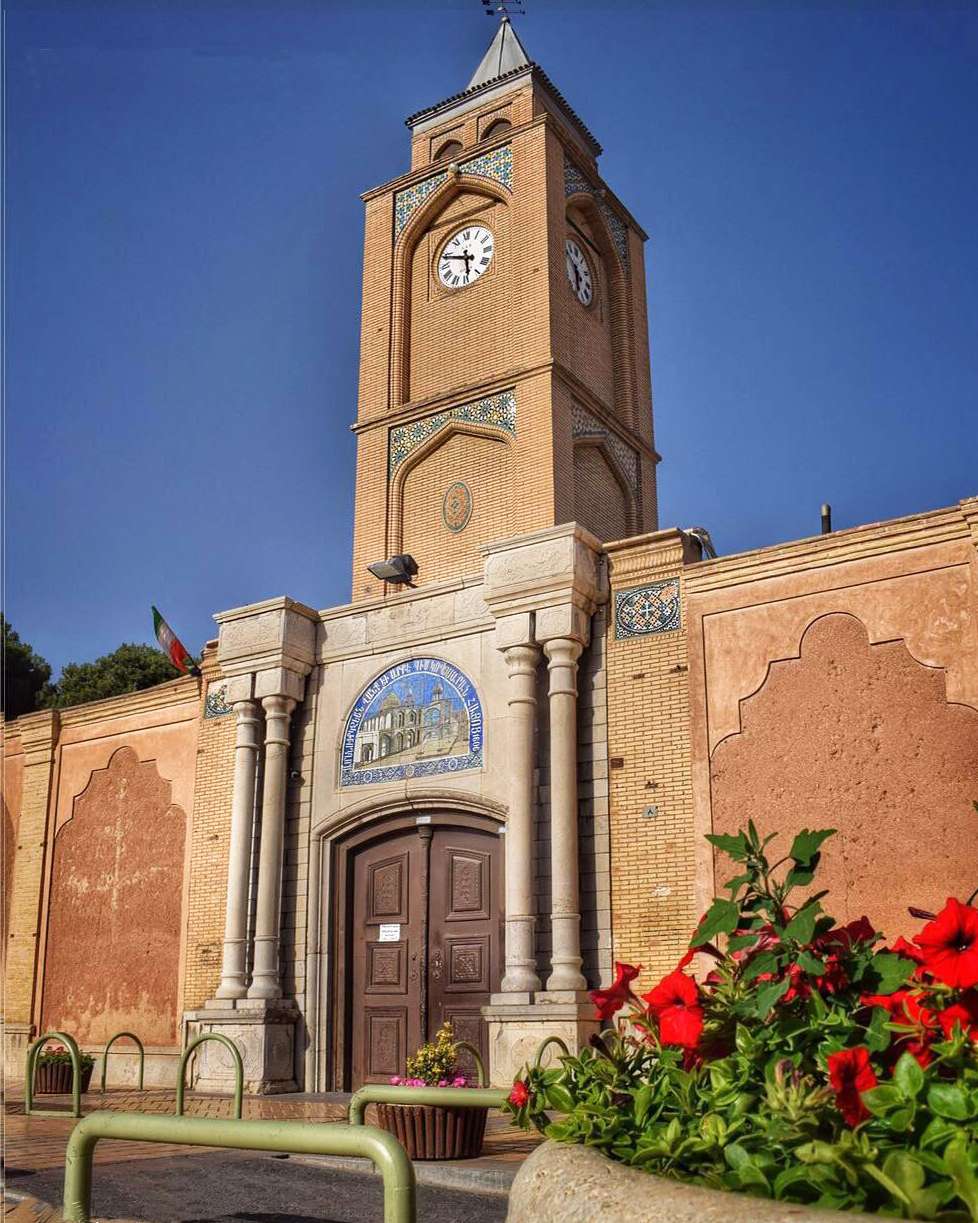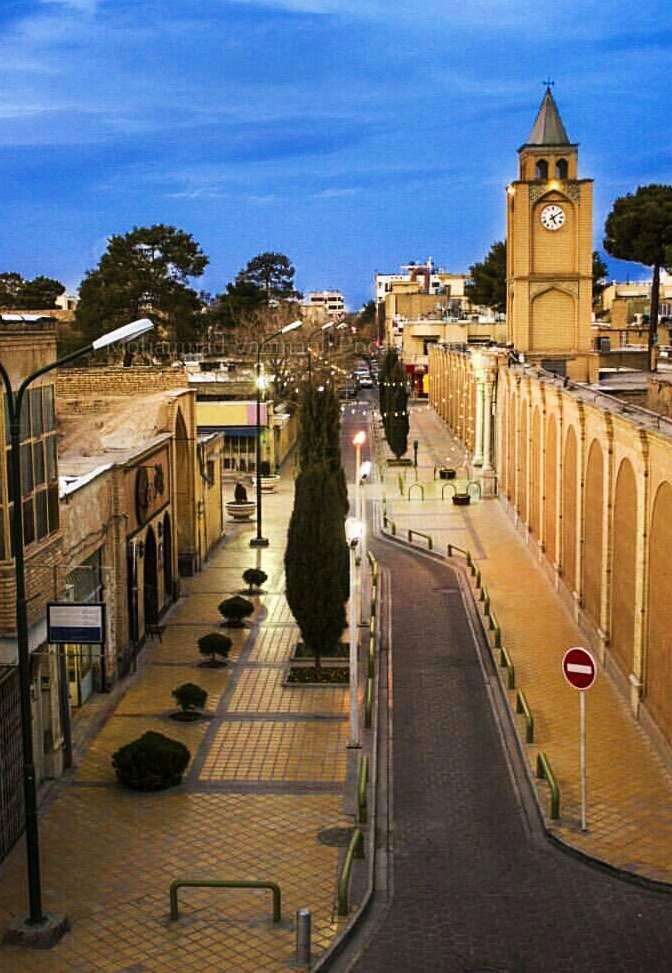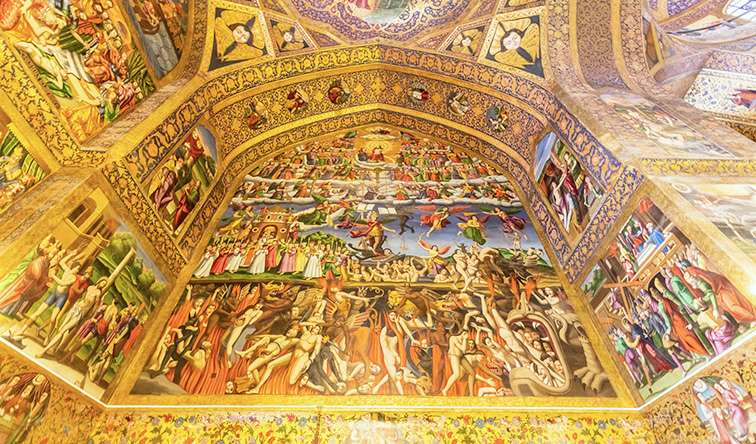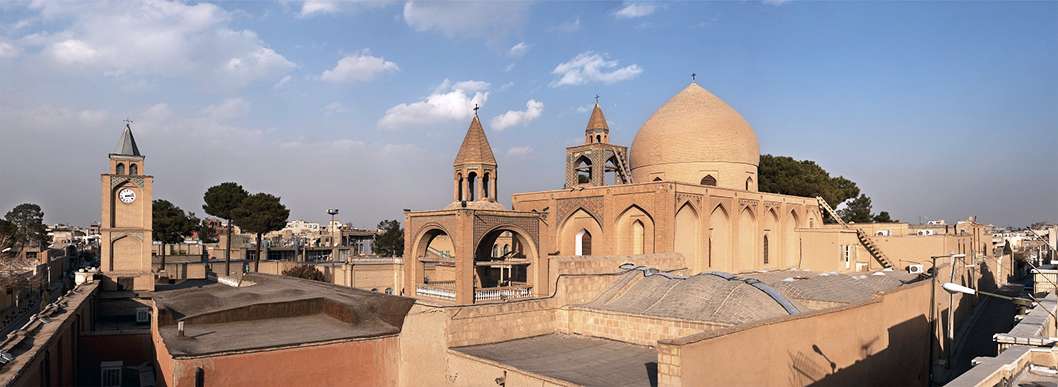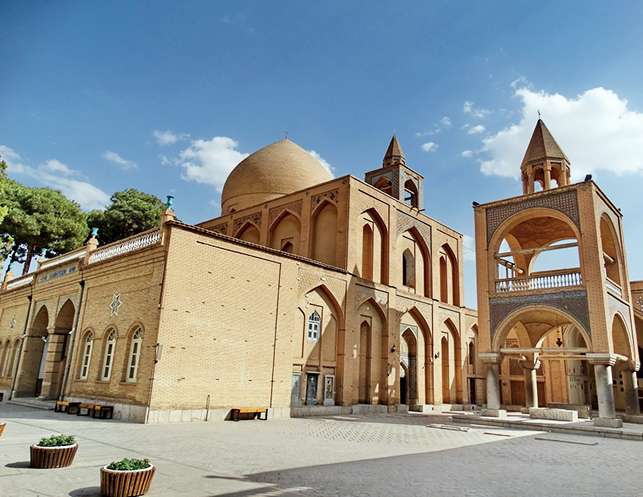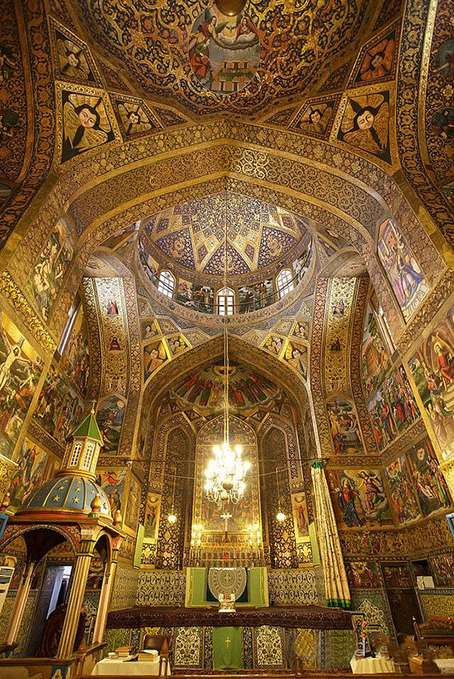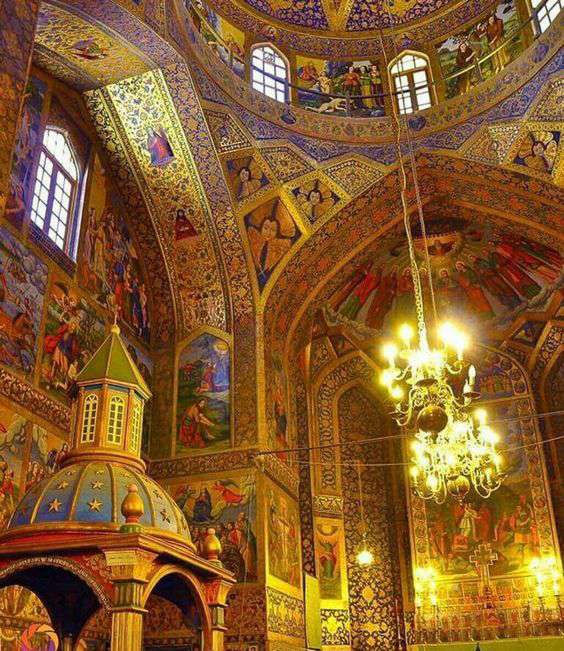Vank Cathedral
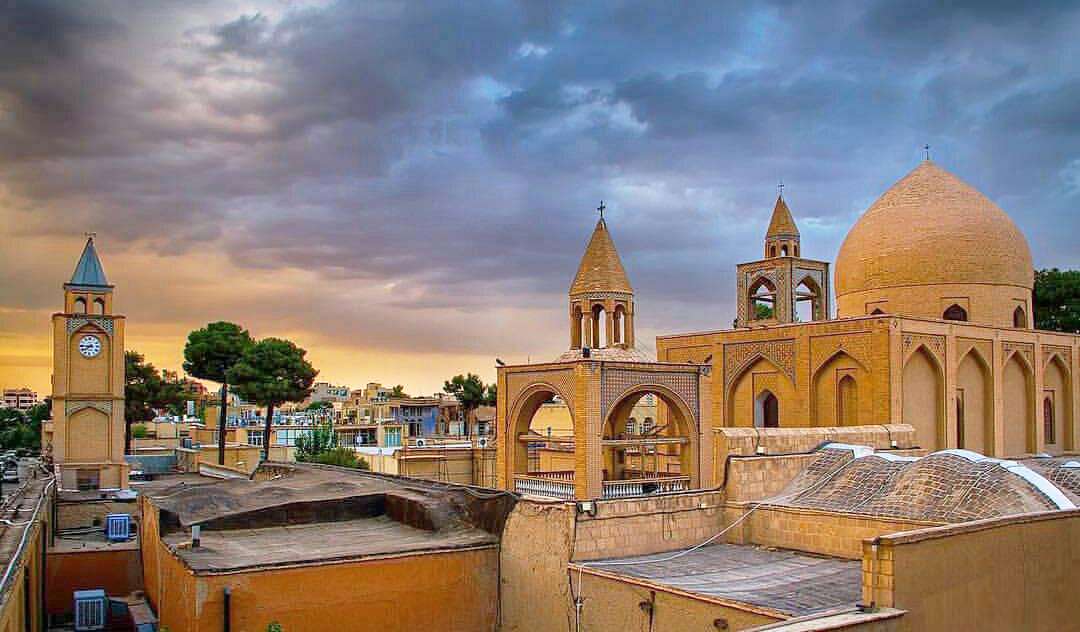
- Visiting
Vank Cathedral in Isfahan
- ThemeHistory and Culture
- CodeIRSG5
- Duration1 hr(s) 30 mins
- Websitewww.vank.ir
- Tell031-36243471
Exploring the Armenian Cathedral in Jolfa neighborhood;
Visiting the Safavid Cathedral built about 360 years ago;
- Spring8:30 -17:30 *
- Summer8:30 -17:30
- Autumn8:30 -17:30
- Winter8:30 -17:30
* Best Time
Photos of the Vank Cathedral
Explore the Vank Cathedral
Jolfa quarter
Visiting Jolfa quarter never ceases to inspire. During the reign of Shah Abbas the first, a new phase of the war began between the Safavids and the Ottoman Empire. In 1601, the Safavid army was forced to draw back, and to prevent the Ottoman army from crossing the southern part of Aras River, Shah Abbas ordered the evacuation of all the residential neighborhoods in the Ararat plateau and Nakhchivan region. As a result, an obligatory migration was organized and the Armenians were sent to different regions of Iran, including Gilan, Mazandaran, Hamedan, Kashan, Fereydan, Chaharmahal-va-Bakhtiari, Shiraz, and Isafahan. Then, a group of Armenian elites, such as merchants, artisans, and craftsmen, mostly from Iravan, Tabriz, and Nakhchivan, were transferred to Isfahan, and settled along the southwestern bank of Zayandeh-Rud. To keep the memory of their lost house alive, the good old city of Jolfa in Nakhchivan, Armenians chose to call their recent settlement as New Jolfa. And, this name, though shortened to Jolfa, is still attached to the Armenian neighborhood of Isfahan.
During the reign of the Safavids, Jolfa’s prosperity was due to the most beautiful houses and churches located in this quarter, mostly built by the wealthy Armenian merchants who were in the trade with European countries. The Armenians of Jolfa made a great change in its architecture, mixing their own traditions and motifs with the Iranian art and culture. The characteristics of Islamic and Safavid architecture are evident in these structures. Nowadays, Jolfa is closed to traffic, creating a space filled with youngsters, cafés, and restaurants.
Highlights
- The Cathedral
- Vank Museum and Library
Vank Cathedral
Before you enter the biggest church in Isfahan, Vank Cathedral (Vank means monastery in Armenian language), you see the sculpture of an Armenian archbishop, Khachatur Gesaratsi, who made the first printing machine in Iran and founded the first printing press of the Middle East. Before entering, the exterior brick decoration and a dome on top of the church catch your eyes. The dome resembles that of an Iranian mosque, though not tiled. The reason for this was to discriminate the churches of Armenians from the mosques of Muslims. Also, another eye-catching element is the clock tower, with its clock being donated to the church in 1930. The Armenian inscription under the clock, displays the name of Shah Abbas II and the dates when the construction of the new building of the church began and ended. Entering the church, you will pass the ticket office and the gift shop to reach the spacious yard. On the left, you will see the memorial dedicated to the Armenian genocide done by the Ottoman government. The memorial contains two dates, one representing the date of actual genocide (1915) and the other representing the date of memorial's construction (1975). You also find the library and the museum on the northern side of the courtyard. The graveyard of the church is the resting place of such eminent people as the above-mentioned Archbishop, Khachatur Gesaratsi, Archbishop David, the founder of the current cathedral, the English colonel, Alexander Decover, and Andrew Jukes, the Russian consul and the director of the Imperial Russian Bank in Iran.
Inside the church, the interior tilework, gold work and paintings welcome visitors passionate about exploring Iranian, Latin and Russian art at the same time. When it was founded, during the Shah Abbas' era, around 1606, the church was a small prayer hall without any paintings. It was named Amenapergich (meaning holly saviors), borrowed from the Armenians' church in Nakhchivān (the church is still alternatively called so). The church turned into its current state when an Armenian merchant, Khajeh Avadich Stepanusian, inspired by the impressions he had received during his travel to Italy, plagued the priests to let him paint the walls for the sake of making God more pleased. Actually, the current building was completed in Shah Safi’s era, around 1664. When Jane Dieulafoy visited the church, she described its walls as being covered with Old Testament paintings by Italian priests. She also maintained that the church was built like a Greek cross, with a high dome and lit by the light shining through the eight windows at its base. Based on the inscription on the northern wall, the decoration of the place was sponsored by Khajeh Avadich Stepanusian. As the inscription says, he died in 1669.
The decoration style of the inside walls has had a great influence on the other churches of the 17th century onwards. Previously, the tradition dictated simple interior walls and minor carvings on the facade. But, gradually, Armenians became skilled painters, so much so that one of them was invited to Moscow to paint the walls of Kremlin palace in 1667. So, because of these changes, you can now enjoy the frescos on the dome and interior walls in Italian and Dutch style. On the southern side, there are two rows of paintings: the first row represents scenes of the Old Testament and the lower row depicts scenes of the New Testament. On the northernmost side, there is the biggest painting, depicting heaven, hell and the purgatory. The creation of Adam is pictured exactly under the dome and the sacrifice of Isma’il is portrayed on the left side of the altar. Many of these paintings are the work of Irano-Arminian painters, like Bogdan Saltanov.
Vank Museum and Library
The very early museum of the church dates back to 1905 when the rooms on the northern side of the courtyard were turned into museum and library, preserving books, manuscripts, and historical items. Thanks to the efforts of Serkis Khachaturian, the former museum was renovated and developed around 1930. At this time, many Armenians rummaged their private collections, recovered their once forgotten antiques and donated them to the new museum. Their donations included paintings, manuscripts, and antiquities, representing different periods of history. The current two-storey building was built in 1971 and Professor Arpag Mekhitarian, from the Royal Museum of Belgium, was invited to categorize the items. Nowadays, the museum contains items from the 16th to 20th century, including manuscripts, governmental decrees, anthropological items, paintings, coins and interesting items from the Safavid palaces, such as Ayeneh-Khaneh and Haft-Dast. At the museum entrance, these two statues were built in Italy and donated to the church in 1977. One of them is the inventor of the Armenian alphabet, Mesrop Mashtots; the other one is Khachatur Gesaratsi, the Archbishop you have already known at the entrance of the cathedral. Inside the museum, a most interesting item which immediately attracts your attention is a single hair belonging to an 18-year-old girl. A passage has been written on it by Vahram Hakopian with a diamond pen in 1974. A highlight among the paintings in the museum is the painting of Ibrahim, attributed to Rembrandt. Here in the museum, you can also find the third oldest printing machine in Iran (1841), and some of the first books printed in this country by Khachatur Gesaratsi and his disciples.
The Vank library preserves 700 manuscripts and 1000 books written in Armenian language. Among the priceless manuscripts reserved in this museum, you can find a 10th century Bible written on the skin and an 18th-century Armenian translation of Quran. Do not forget to pray for the constructor of the church and his descendants; this is what all the inscriptions are asking you!
Important Information
Additional Info
1st January (New Year's Day)
6th January from 12:30 PM (Christ's Birthday according to Armenian calendar)
Easter (15 March)
24th April (Armenian Genocide Remembrance Day)
In addition to the Armenian holidays, Vank Cathedral is closed during the national holidays (only the religious mourning days )
The cathedral is open from 8:30 AM to 12:30 PM on Fridays.
Cost Info
- Kashk Bademjan in Firooz Tea House 5 €
- Traditional Beverages in Firooz Tea House4 €
- Penn Rigate or Pasta in Hermes Restaurant7 €
- Arabo Sandwich3 €
- Destination
- Transportation Type
- Transportation Fee---
